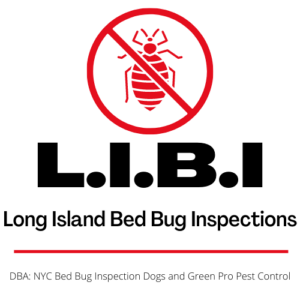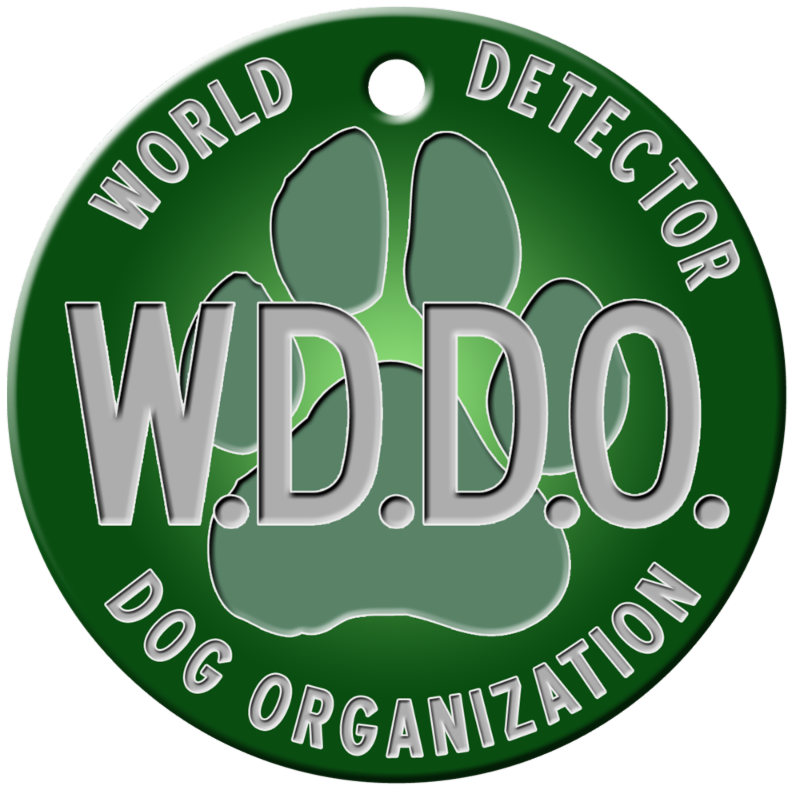I think I can speak for all of us when I say that the very thought of sharing our homes with bed bugs sends shivers down the spine. No one, and I do mean no one, wants these loathsome parasites anywhere near their homes and families. So, if you see any of the tell-tale signs of a bed bug invasion what do you do? You take the first logical step in eliminating the problem by scheduling a professional bed bug inspection.
Now, hopefully, this is your first experience with a bed bug infestation. In which case you probably won’t know what to expect when the exterminator comes to call. Naturally, you’ll have some questions about what you should, and shouldn’t, be doing to prepare your home for the inspection.
So let’s look at some simple tips to help you get ready for a bed bug inspection. I’ve broken this into two basic sections – ‘What Not to Do’ and ‘What You Should Do’.
What Not To Do Before Your Bed Bug Inspection
Do Not Set Off Bug Bombs
Over the counter insecticides promise professional results. The problem is, they rarely deliver. While it’s tempting to try the do-it-yourself approach to bed bug infestations going it alone can often backfire. Moreover, it can lead to bigger problems down the line.
In the first place, most over the counter insecticides merely act as a repellent. This means that they tend to push bed bugs away from any treated areas into other parts of the home. It may look like you’ve made some progress, but ultimately you’ve only given your exterminator more territory to cover.
Secondly, while over the counter pesticides are designed for home use they do contain dangerous chemicals. This can not be stressed enough. Mixing different store-bought pesticides without knowing how they will react to one another is always a bad idea and can lead to severe consequences for you and your family. Play it smart and leave the dirty work to the professionals.
Do Not Change Your Sleeping Habits
Once you discover you’ve been sharing your bed with bed bugs your first instinct is to move to another room. That’s understandable. But it’s important to understand that bed bugs tend to stick with a primary food source. Unfortunately, in this case, that food source is you. Bed bugs also have a highly evolved sense of smell, and they can recognize their preferred host by the carbon dioxide on their breath. If a bed bug finds that it’s primary food source is gone, it will go looking for it.
If you switch to a different room, it’s only a matter of time before the bed bugs you’ve been trying to avoid track you down. Remember, their survival depends on it. The end result is that you’ve brought the bed bugs out into other parts of your home. Even worse, you may have introduced the bed bugs to other potential food sources and they may begin feeding on other members of your family.
Do Not Move Furniture or Belongings
You think you’ve seen a stray bed bug or two scuttling around the baseboard. You’ve called the exterminator in and scheduled an inspection. Now, it’s time to get your house in order…But wait. Not so fast.
It seems only logical that you would want to prep your home for the inspection. Move the furniture away from the walls, and maybe clean out the cupboards and closets so the bed bug inspector can really get in there and see what’s what. Unfortunately, doing so can often make our job much more difficult.
Our highly trained bed bug inspectors need to see your home in its natural state. This will make our inspection much more productive, and allow us to perform a more thorough assessment of the possible infestation. Once the inspection is completed we’ll give you detailed instructions regarding what should or shouldn’t be moved prior to treatment.
What To Do Before a Bed Bug Inspection
Catch and Save Bed Bugs
Before we can move forward with any bed bug treatment we need to find evidence of living bed bugs in the home. This can sometimes be difficult, especially if the infestation is in the early stages or if you’ve tried some home treatments that have driven the majority of the live bed bugs into hiding.
If you can catch and save a couple of specimens (popping them in a jar works best) it can help to speed up the inspection process. This will also help us to more quickly identify the problem pest so that treatment can get under way as soon as possible. In a pinch, photographic evidence can also be helpful, but a live specimen is preferred.
Save Your Bed and Belongings
There is typically no need to dispose of your beds, mattresses or furnishings. So don’t start hauling your belongings to the trash just yet. Having to remove infested mattresses or other items is extremely rare, and only happens with the most severe infestations. In most cases any infested items can be successfully treated, saving you the cost of expensive replacements.
If the infestation is so severe that you need to dispose of any furnishings or personal belongings we’ll let you know right away. We’ll also give you instructions on the best way to dispose of any infected items.
Finally, and Most Importantly, Don’t Panic
I realize this is a tall order. Once you’ve found yourself sharing your home with bed bugs it’s hard not to go into full-on stress mode. But step back and take a deep breath. A bed bug invasion is no reflection on you or your family. More importantly, it is a treatable problem.
Published by Scott Palatnik
If you believe you’ve brought bed bugs into your home or office, give us a call, we can help!
Now with 2 locations. On Long Island @ 516-619-6149, or in NYC @ 212-299-9186
We are Long Island Bedbug Inspections.
Your Bedbug Inspection, and Elimination solution.


